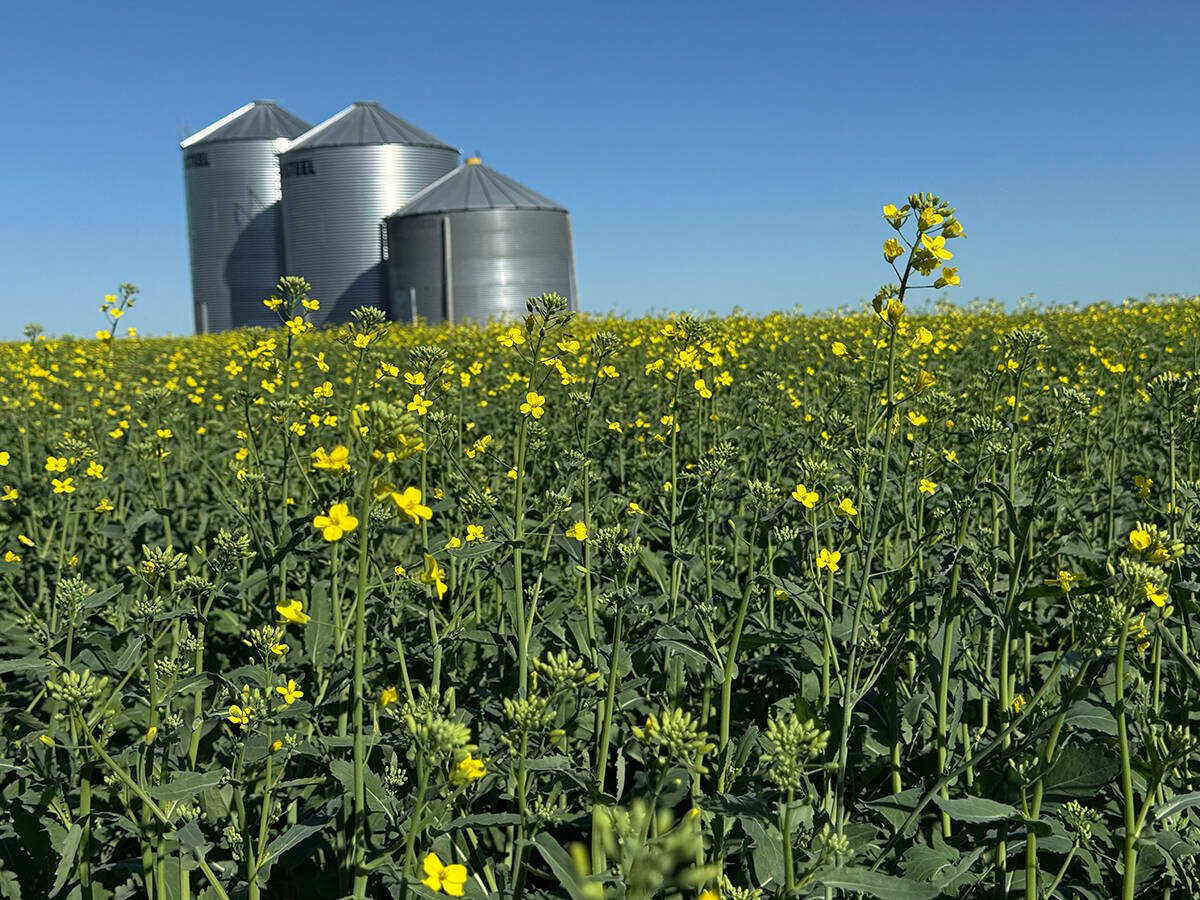This cattle market information is selected from the weekly report from Canfax, a division of the Canadian Cattlemen’s Association. More market information, analysis and statistics are available by becoming a Canfax subscriber by calling 403-275-5110 or at www.canfax.ca.
Fed prices surge
Alberta fed cattle prices surged to new annual highs despite an anticipated reduction in discretionary spending at retail. Moderate volume dressed trade was generally steady to $2 per hundredweight higher than the previous week from $300-$302 per cwt. delivered.
Read Also

Fund sell-off another bearish signal for canola
Funds turned bearish during the past week as they moved to a net short position in all grains and oilseed futures contracts.
Weighted average steer prices were the strongest reported since mid-May 2017 at an average of $179.63 per cwt. Year to date weekly sale volumes are nine percent lower than the same week last year.
Western Canadian fed slaughter for the week ending Aug. 20 surged 23 percent larger than the previous week to 48,122 head as one major packer added a Saturday shift. Year to date western slaughter was up one percent, totaling 1.42 million head.
Canadian steer carcass weights were five pounds larger than the previous week at 924 lb. and were a significant 20 lb. larger than year ago. Canadian fed cattle/cow exports to the U.S. for the week ending Aug. 13 were 13 percent larger than the previous week at 7,782 head and were down 20 percent compared with the same week last year. Year to date fed cattle/cow exports were 19 percent larger at 301,245 head.
Moderate Ontario trade developed last week with dressed prices steady and thin trade at $306 per cwt. delivered.
The 2016-2020 five-year price trend indicates average fed steer prices typically soften from August through September. Feeding margins have recently improved, which should encourage longer finishing but will also result in seasonally larger carcass weights.
In the U.S., light live trade in the south was steady with the previous week with most sales reported from US$141-$142 per cwt. Northern live trade was generally $2-$3 per cwt. lower than the previous week from $145-$146. The bulk of dressed sales were $1-$2 per cwt. lower than the previous week’s Nebraska rail average from $232-$233 per cwt. delivered.
Last week’s U.S. slaughter was estimated three percent larger than the previous week at 678,000 head and four percent larger than the same week last year.
Cow prices strengthen
Butcher cow prices continue to impress and it is fairly uncommon to see prices strengthen throughout August. D2s averaged $115.58 and D3s averaged $99.92 per cwt. Non-fed numbers have been slow to increase, and supplies are much smaller than normal for this time of the year.
Many older cows with larger calves at their side are being split at auction. On the flip side, younger cows that have been exposed for 60 days are selling as cow-calf pairs, keeping the cow out of the slaughter mix.
D2 cow prices are at the highest point since October 2015. For the week ending Aug. 20, western Canadian cow slaughter totaled more than 5,600 head, six percent smaller than last year. Butcher bull prices have averaged in the low $130s per cwt. for the past nine weeks.
From their highs in late June, Ontario cow prices have dropped around $12 per cwt. Year to date eastern Canadian cow slaughter is the largest since 2012. Across much of the Prairies, pasture conditions and forage yields are much better than last year. This should moderate culling pressure at the cow-calf level.
Feeders gain ground
Over the past five weeks, feeders over 700 lb. have gained $15-$27 per cwt. and are at the highest levels since 2015. Alberta feeder cash-to-futures basis strengthened going from-$9.14 per cwt. to +$1.82 per cwt. last week. This was the strongest cash-to-future basis seen this year. Late August/early September is traditionally the strongest basis of the entire year.
Over the past 15 years there have only been five years where 500-600 lb. steer prices established annual highs during the second half of the year (2008, 2010, 2011, 2013, 2014). In those years it was common to see calf prices set annual price highs during the fourth quarter, indicating higher prices are still in front of us.
Forward delivery steer prices for fall delivery are trading roughly six percent higher than the spot market. Auction volumes have been light in Manitoba resulting in limited price reporting. Many auction facilities in Manitoba that normally resume operations in mid-August were indicating sales won’t start until early September.
U.S. cutouts steady
In U.S. beef trade, cutouts ended last week steady to the previous week, with both Choice and Select cutouts higher than the five-year average. Choice cutouts closed at US$263.54 per cwt. and Select cutouts closed at $237.54.














